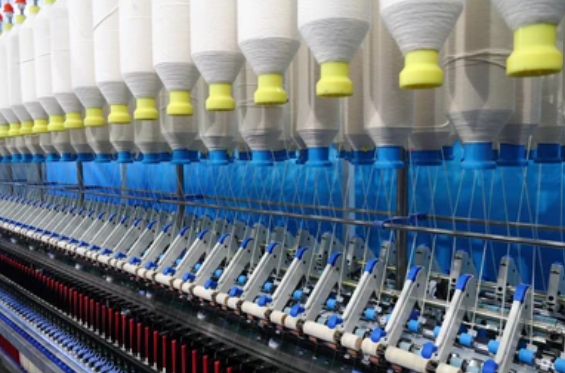Written by Mouli Mondal.
Introduction
The clothing and textile industry is a sector that encompasses the production, distribution, and sale of apparel and textile products. This industry includes various types of clothing such as casual wear, formal wear, athletic wear, and lingerie, as well as textile products such as bed sheets, towels, and curtains.
The clothing and textile industry is a vital component of the global economy and is one of the largest employers worldwide. It is also a significant contributor to international trade, with many countries relying on textile and apparel exports as a source of income.
The clothing and textile industry is a highly competitive sector with a large number of players competing for market share. The industry encompasses a wide range of products, including apparel, textiles, and accessories, and is driven by changing consumer tastes and preferences, as well as fluctuations in raw material prices and production costs.
The clothing and textile industry is a vital component of the global economy and is one of the largest employers worldwide. It is also a significant contributor to international trade, with many countries relying on textile and apparel exports as a source of income.
The clothing and textile industry is a highly competitive sector with a large number of players competing for market share. The industry encompasses a wide range of products, including apparel, textiles, and accessories, and is driven by changing consumer tastes and preferences, as well as fluctuations in raw material prices and production costs.
Key Factors to become competitive.
The competitive landscape of the clothing and textile industry can be broken down into a few key factors:1. Market Size:
The global clothing and textile market is vast and growing, with increasing demand from emerging markets such as China, India, and other Asian countries. This creates opportunities for both established brands and emerging players to enter the market and compete.
2. Price and Quality:
The industry is characterized by intense price competition, and the ability to offer products at competitive prices while maintaining high quality is key to success. Manufacturers and retailers that can achieve economies of scale in production and distribution can often offer consumers lower prices.
3. Innovation and Design:
Developing new products and designs is essential in the clothing and textile industry, as consumers are always looking for the latest trends and styles. Companies that can innovate and bring new products to market quickly are more likely to stay ahead of the competition.
4. Sustainability:
The industry is also increasingly focused on sustainability and environmental responsibility. Brands that can demonstrate a commitment to sustainable practices, such as using organic materials and reducing waste in the production process, are more likely to appeal to consumers concerned about their purchases' environmental impact.
Overall, the clothing and textile industry is a highly competitive market that requires companies to constantly adapt and innovate to stay ahead of the competition. The most successful companies are those that can offer high-quality products at competitive prices while staying true to their brand values and keeping up with changing consumer demands.
Here are some tips that can help you deal with competition in the textile industry:
Overall, the clothing and textile industry is a highly competitive market that requires companies to constantly adapt and innovate to stay ahead of the competition. The most successful companies are those that can offer high-quality products at competitive prices while staying true to their brand values and keeping up with changing consumer demands.
How to deal with the competitions?
Dealing with competition in the textile industry requires a strategic approach that involves identifying your strengths and weaknesses, understanding your competitors' strategies, and continuously improving your operations to stay ahead of the competition.Here are some tips that can help you deal with competition in the textile industry:
1. Identify your unique selling proposition (USP):
Identify what makes your textile products different from your competitors. It could be your quality, pricing, designs, or customer service. Once you identify your USP, focus on it to make it stronger.
2. Conduct a competitive analysis:
Analyze your competitors' products, pricing, marketing strategies, and customer base. Understand their strengths and weaknesses and identify opportunities that you can leverage to gain a competitive advantage.
3. Innovate and differentiate:
Continuously innovate and differentiate your products to stay ahead of the competition. Introduce new designs, materials, and manufacturing techniques that your competitors do not offer.
4. Build brand awareness:
Invest in building your brand and creating a strong reputation in the market. Leverage social media and other digital platforms to promote your brand and connect with your target customers.
5. Collaborate with suppliers and partners:
Collaborate with suppliers, manufacturers, and partners to reduce costs, improve quality, and enhance efficiency.
6. Focus on customer satisfaction:
Provide excellent customer service and support to build long-term relationships with your customers. Listen to their feedback and address their concerns promptly.
By implementing these strategies, you can effectively deal with competition in the textile industry and position your business for long-term success.
By implementing these strategies, you can effectively deal with competition in the textile industry and position your business for long-term success.
About the Author:
Mouli Mondal is a college student at the Government College of Engineering & Textile Technology, Serampore. She is currently pursuing a Bachelor’s degree in Textile Technology. She has a strong interest in textiles and is eager to continue learning and growing in the textile field. In her free time, she loves writing articles.

